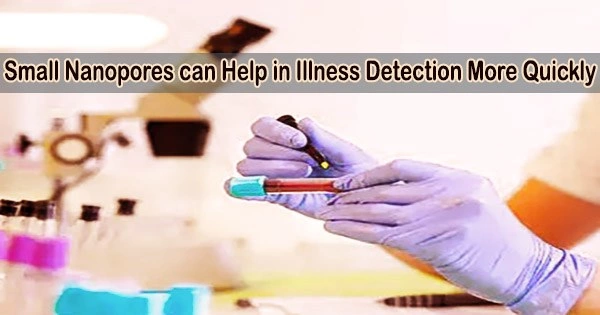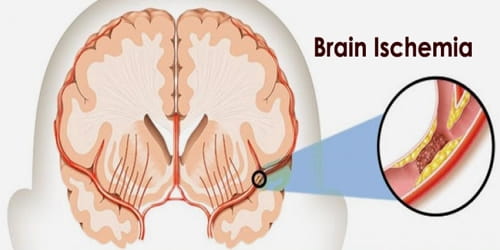Professor Jrgen Kjems and his research team at Aarhus University have made a great advancement in the development of microscopic nano-sized pores that can improve possibilities for, among other things, detecting diseases at an earlier stage. This achievement was made in conjunction with Groningen University.
Their research, which was just published in the journal ACS Nano, demonstrates a brand-new, cutting-edge technique for locating particular proteins in intricate biological fluids, like blood, without the need to chemically mark the proteins. The study marks a significant turning point for nanopore technology and has the potential to transform medical diagnosis.
Nanopores are tiny channels formed in materials, that can be used as sensors. The researchers, led by Jørgen Kjems and Giovanni Maglia (Groningen Univ.), have taken this a step further by developing a special type of nanopore called ClyA with scanner molecules, called nanobodies, attached to it.
These nanobodies, which are created from antibodies, can recognize various proteins with astounding precision. In this study, the researchers used a DNA adaptor to link nanobodies to ClyA. They developed a range of nanopore sensors that could recognize various proteins of various sizes by combining a number of nanobodies.
The research team created nanopores with specialized nanobodies attached, which have the ability to detect the Spike protein of SARS-CoV-2 (the virus that causes COVID-19) and a protein marker for breast cancer called urokinase-type plasminogen activator (uPA), respectively.
The researchers can locate and identify certain proteins as well as their quantities by observing changes in electrical currents brought on by the presence of these proteins. The fact that the nanopores maintained their excellent accuracy and sensitivity even when tested with challenging material like blood makes this advancement even more astounding.
The significance of this finding is obvious despite the fact that nanopores are undetectable to the unaided eye. Nanopores have already been included into a portable gadget that uses their capacity to search liquids for specific compounds thanks to already-developed technology.
Therefore, we may imagine a time when patients could perform a quick blood test to quickly and precisely diagnose conditions like cancer or infectious infections. This might result in earlier interventions, better treatment results, and better healthcare all around.
The collaboration between these two colleges puts us one step closer to this reality, even though further research and confirmation are required before this technology is made generally accessible. The innovation is a prime example of how collaboration and innovation in science can revolutionize healthcare.
















